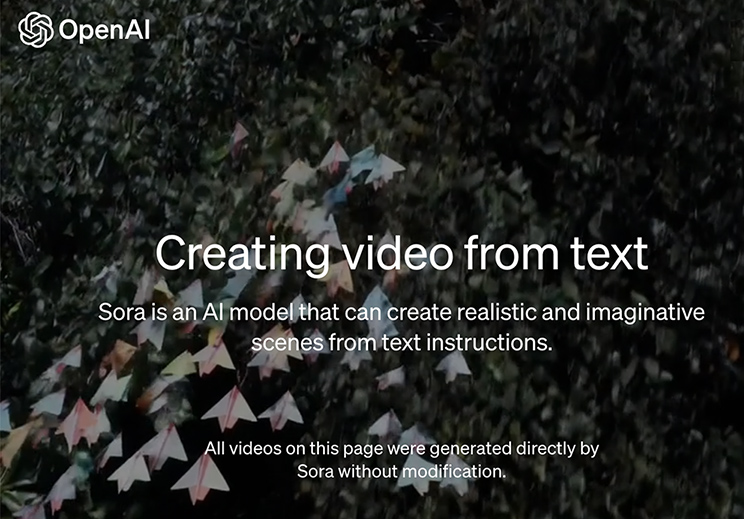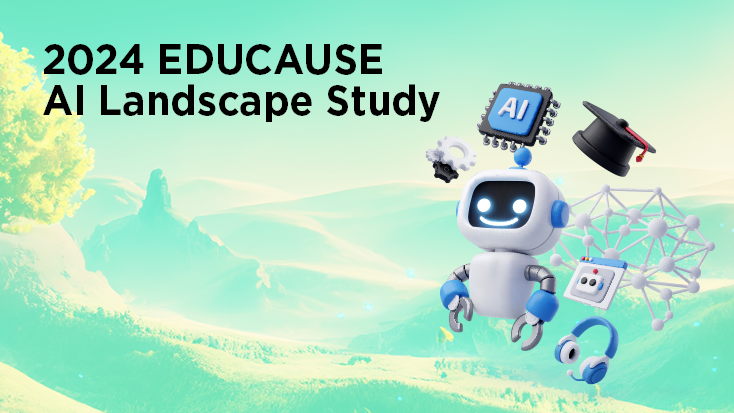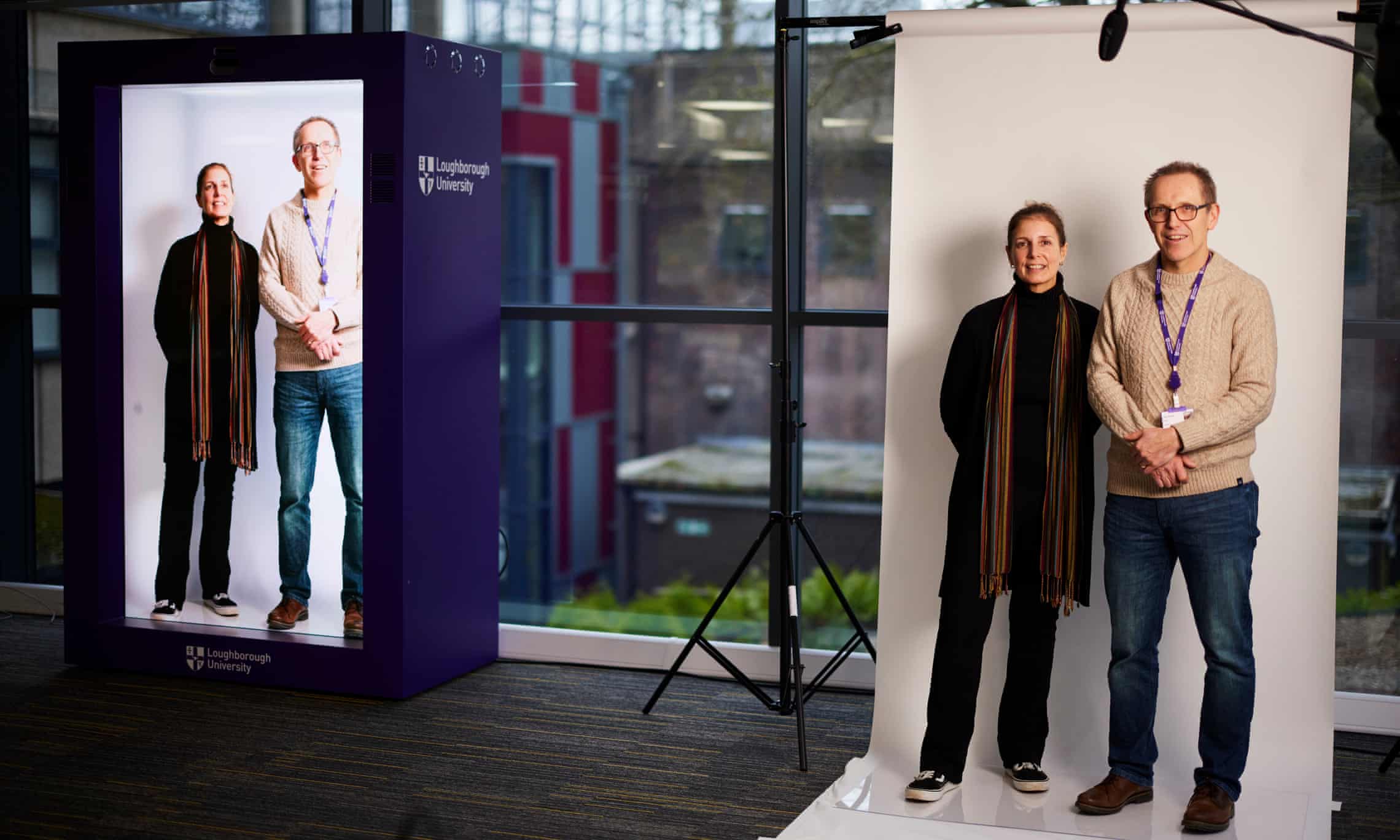Generative AI’s environmental costs are soaring — and mostly secret — from nature.com by Kate Crawfold
First-of-its-kind US bill would address the environmental costs of the technology, but there’s a long way to go.
Last month, OpenAI chief executive Sam Altman finally admitted what researchers have been saying for years — that the artificial intelligence (AI) industry is heading for an energy crisis. It’s an unusual admission. At the World Economic Forum’s annual meeting in Davos, Switzerland, Altman warned that the next wave of generative AI systems will consume vastly more power than expected, and that energy systems will struggle to cope. “There’s no way to get there without a breakthrough,” he said.
I’m glad he said it. I’ve seen consistent downplaying and denial about the AI industry’s environmental costs since I started publishing about them in 2018. Altman’s admission has got researchers, regulators and industry titans talking about the environmental impact of generative AI.
Get ready for the age of sovereign AI | Jensen Huang interview— from venturebeat.com by Dean Takahashi
Yesterday, Nvidia reported $22.1 billion in revenue for its fourth fiscal quarter of fiscal 2024 (ending January 31, 2024), easily topping Wall Street’s expectations. The revenues grew 265% from a year ago, thanks to the explosive growth of generative AI.
…
He also repeated a notion about “sovereign AI.” This means that countries are protecting the data of their users and companies are protecting data of employees through “sovereign AI,” where the large-language models are contained within the borders of the country or the company for safety purposes.
??BREAKING: Adobe has created a new 50-person AI research org called CAVA (Co-Creation for Audio, Video, & Animation).
I can’t help but wonder if OpenAI’s Sora has been a wake up call for Adobe to formalize and accelerate their video and multimodal creation efforts?
While… pic.twitter.com/wI3pBlfTtq
— Bilawal Sidhu (@bilawalsidhu) February 20, 2024
Yikes, Google — from theneurondaily.com by Noah Edelman
PLUS: racially diverse nazis…WTF?!
Google shoots itself in the foot.
Last week was the best AND worst week for Google re AI.
The good news is that its upcoming Gemini 1.5 Pro model showcases remarkable capabilities with its expansive context window (details forthcoming).
The bad news is Google’s AI chatbot “Gemini” is getting A LOT of heat after generating some outrageous responses. Take a look:
Also from the Daily:
- Perplexity just dropped this new podcast, Discover Daily, that recaps the news in 3-4 minutes.
- It already broke into the top #200 news pods within a week.
- AND it’s all *100% AI-generated*.
Daily Digest: It’s Nvidia’s world…and we’re just living in it. — from bensbites.beehiiv.com
- Nvidia is building a new type of data centre called AI factory. Every company—biotech, self-driving, manufacturing, etc will need an AI factory.
- Jensen is looking forward to foundational robotics and state space models. According to him, foundational robotics could have a breakthrough next year.
- The crunch for Nvidia GPUs is here to stay. It won’t be able to catch up on supply this year. Probably not next year too.
- A new generation of GPUs called Blackwell is coming out, and the performance of Blackwell is off the charts.
- Nvidia’s business is now roughly 70% inference and 30% training, meaning AI is getting into users’ hands.
Gemma: Introducing new state-of-the-art open models — from blog.google




















